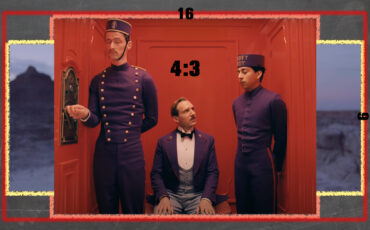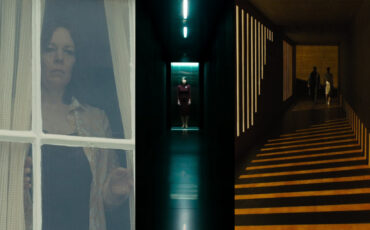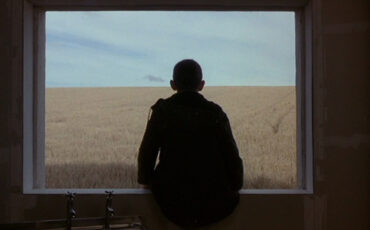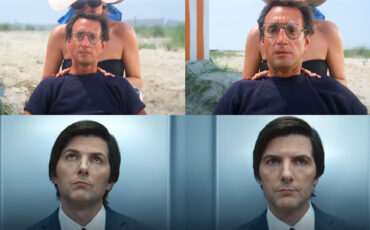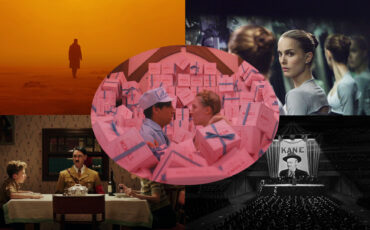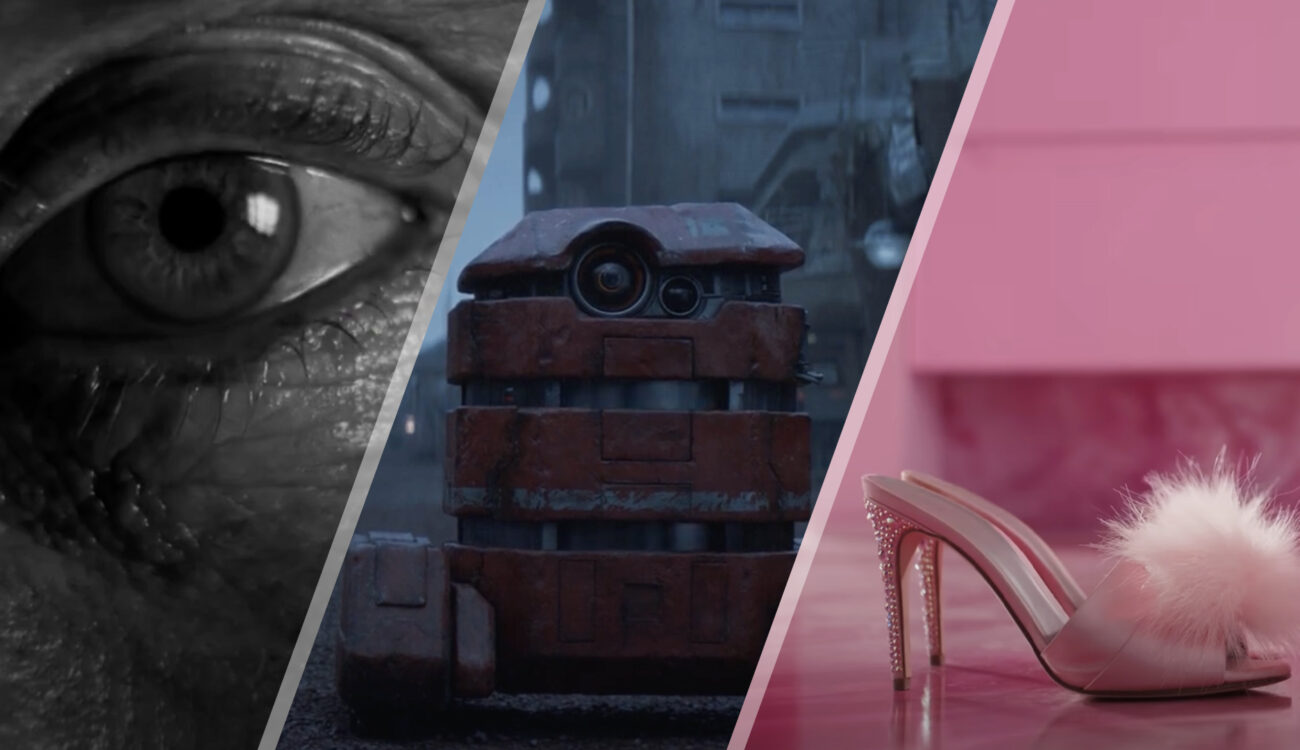
When we talk about visual storytelling or deconstructing film scenes, we often discuss composition, lighting, color, sound design, and music. But is there another sensory dimension? One that we human beings experience all the time in real life? Namely: The sense of touch? Well, we obviously can’t let the audience touch any of the elements in the shot. However, we can indeed evoke this sensation. How? Through textures, which are a significant visual tool and, sadly, often overlooked. Let’s take a look at some inspiring examples of using texture in films!
Texture is an important part of our lives. Not only does it let us learn about the world through a different sensation than sonic or visual, but it also evokes an emotional response: when we stroke our child’s hair, put on fluffy fleece pajamas on Sunday, or walk barefoot through the dew-touched grass.
This tool becomes all the more important in films. Yes, we cannot appeal to the dimension of haptics physiologically, but by using textures (and we will talk about different meanings for them below), filmmakers create a connection between the visual sense and the touch. That allows the audience to perceive how something feels and emotionally react.
What is texture in films?
When we think about the “feel” of a particular film, we usually include many different elements in this term: the cinematography, the color schema, the narrative, the acting, and so on. Texture also belongs on this list. It describes the materials and physical means (such as smoothness or roughness) of objects shown within a frame, but not only. Texture can also be a characteristic of the medium itself, and we will talk about it a bit later.
Cinematography for Directors
In his MZed course “Cinematography for Directors,” seasoned filmmaker and educator Tal Lazar shows a simple art example of how texture can evoke a sensation of touch. Please take a look at the two paintings below.
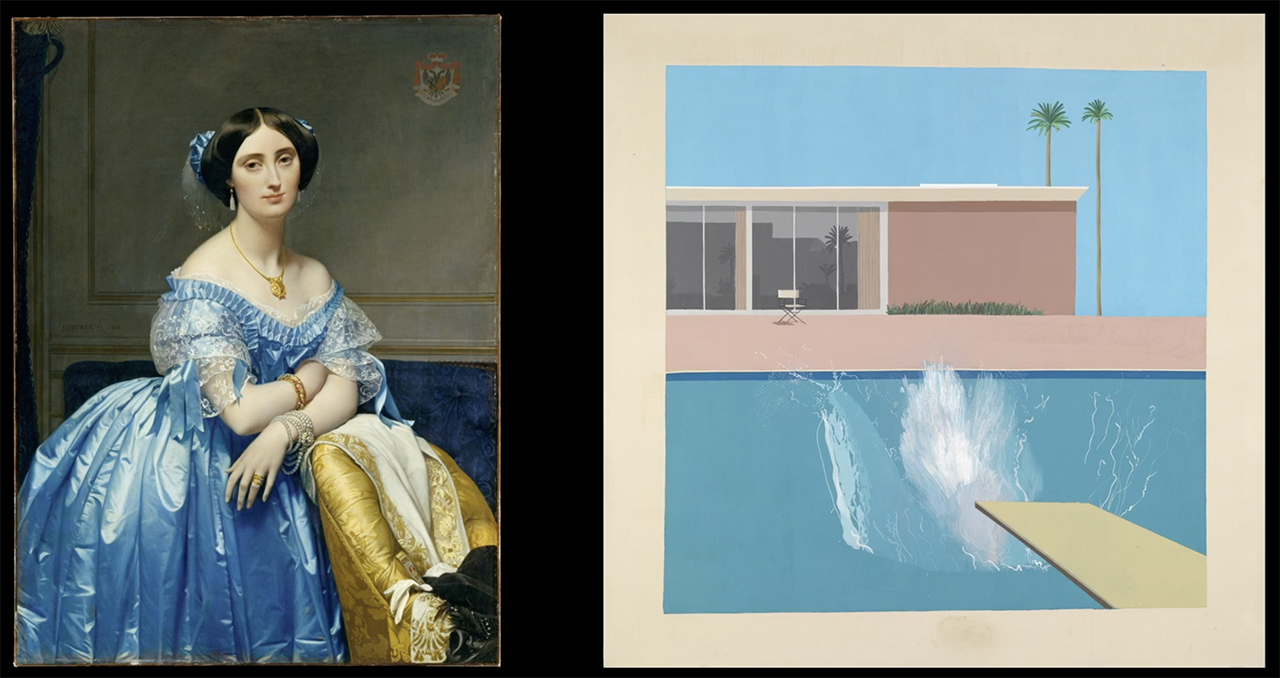
What do you think? The texture of the dress in Ingres’s image is so realistic that we can feel it on our fingers. At the same time, the painting by Hockney lacks texture almost completely and reminds us more of pure geometric shapes. As Tal Lazar points out, these are different decisions made by different artists, and they are surely related to the feeling or idea they wanted to convey. Yet this example clearly shows how perception works.
What else makes texture important?
In film, we can also use texture within our images to evoke the sensation of touch. Terrence Malick uses this tool extensively in his “The Tree of Life”.
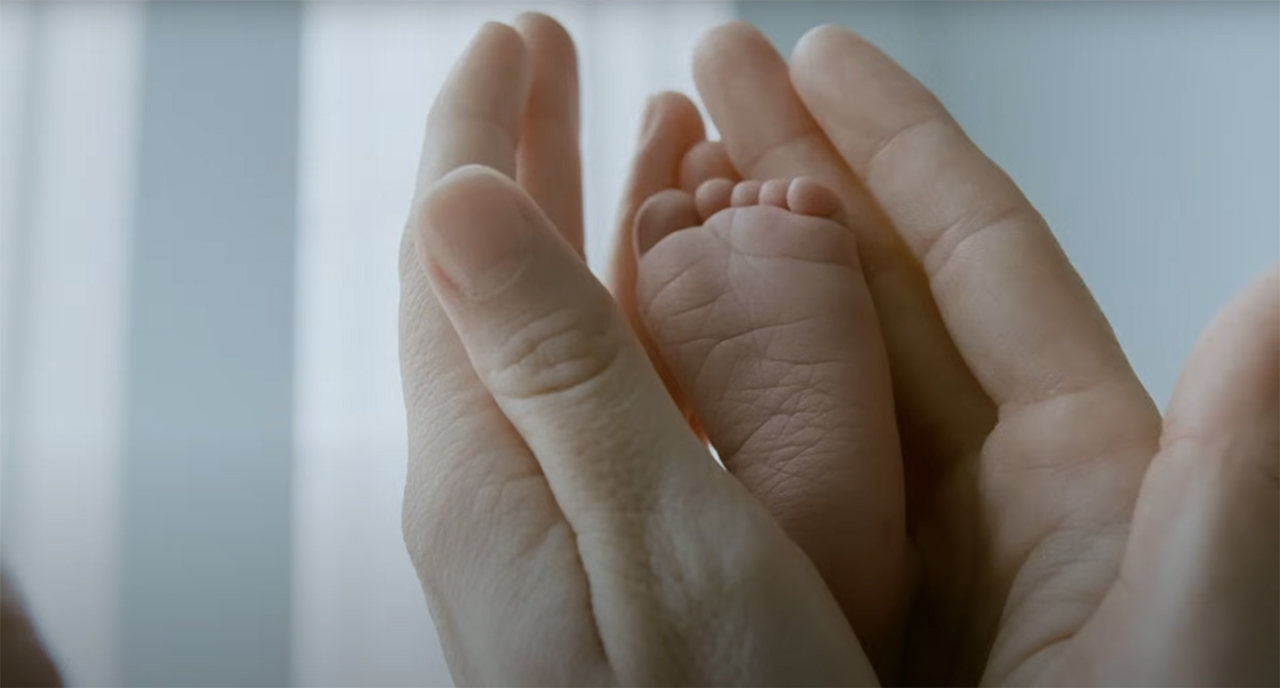
Seeing the detailed texture of a newborn baby‘s skin so close, we can feel like we are touching it, perceiving its surface. So, it doesn’t only add to the film’s realism; it also mobilizes our body. This is a very well-known trick that increases immersion across art forms. (If you don’t believe me, take a look at how writers do it. Whenever they describe haptic sensations – like shivering when it’s freezing or touching something soft and slimy – they activate the reader’s body reactions, and you find yourself sucked into the story at light speed). Sometimes, just by looking at a texture, we can experience an actual physiological response, like goosebumps, for example. So, yes, immersion at its best.
Another essential goal of texture is to achieve contrast. Imagine crispy autumn leaves in a close-up shot with a blurry background created by a shallow depth of field. Their sharp surface will pop up from the soft underlying texture, won’t it?
Texture of the film medium
As mentioned above, there are times when the texture of the medium itself plays a big part in the image. Tal Lazar explains this effect in the paintings of van Gogh. If you’ve ever seen them in person, then you’ll know the difference. Surely, we can take a look at a digital photograph of one of his works, but it will lack something significant: The haptic aspect.
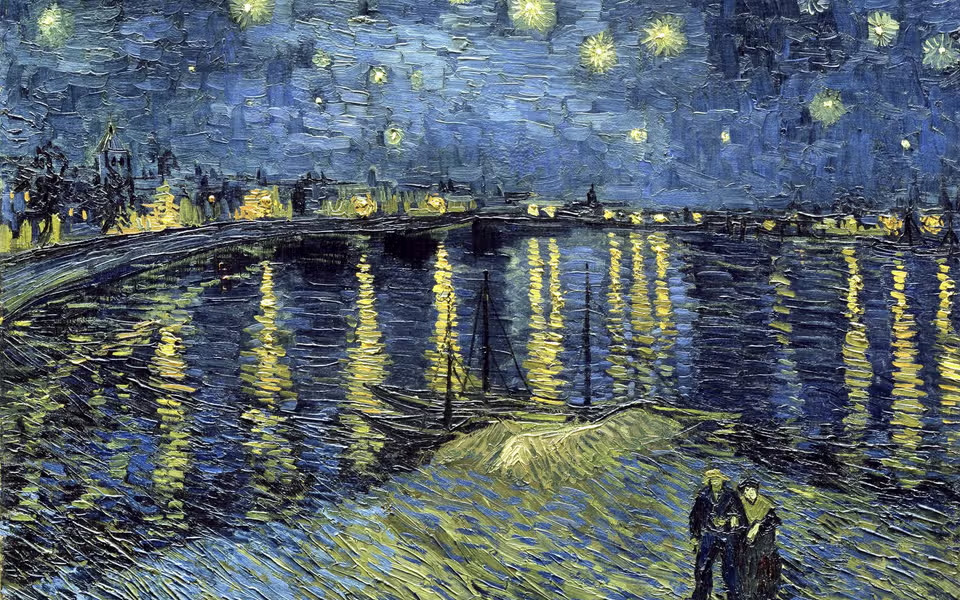
In film, we can use grain or noise as texture. For some, it may seem merely a stylistic choice, but it can also enhance the story. A great example of that is the film “Black Swan.” Tal Lazar reminds us that it was shot at 16mm and underexposed at times to reveal the texture of the film itself. For instance, here are some stills from an after-gala scene, where Nina has just gotten the role of the Swan Queen and encounters Beth, who she is to replace:

Film stills from “Black Swan” by Darren Aronofsky, 2010 

Even though the scene is still quiet and the music isn’t overdramatic, with Nina simply looking at the statue, it still feels eerie, doesn’t it? If you’re interested in the noise tool, head over here to read a deeper exploration of the creative use of ISO.
The importance of texture in black-and-white films
Texture is particularly important in costume design. Even more so if you’re going to film in black-and-white, like the creators of “The Lighthouse.” In the behind-the-scenes featurette released by A24, the film’s costume designer, Linda Muir, shares her thoughts. She explains that usually, you would use color to denote, vary, or intensify a scene (as well as for storytelling purposes), but if color is not available, texture and contrast take its place.
In “The Lighthouse,” the location plays a central role: It’s an antagonist of a kind. You can’t really separate the characters from it, and as they start to fall apart, everything else falls apart. So, for production designers, it meant meticulous work building the spaces that would fully support the story and the atmosphere. As with the costumes, they didn’t have color in their toolkit, so they made sure that textures reflected this crusty-dusty world at its fullest. Combined with special black-and-white stock, each detail popped out and created the intense sensation of misery, destruction, and claustrophobia.

Behind the scenes of “The Lighthouse” by Robert Eggers, 2019. Images source: A24 
Texture in films as a world-building element
Unlike color, brightness, or contrast, texture cannot be changed in post-production unless you blur out your shot completely. It is here to stay. From this point of view, texture is also a built-in characteristic of a specific object or space’s time, age, and condition. That’s why it works perfectly as a world-building element in movies. Let’s compare two examples. Firstly, here is a film still from Greta Gerwig’s “Barbie,” that came out last year:

Every texture you see in this shot is glossy, smooth, and flawless. The surfaces reflect light, the materials shine, and the furniture looks unused. This way, the world of “Barbie” gets this plasticky artificial feel, mainly because of the textures used (of course, the colors and lighting also play a huge role here, but that’s another topic).
Now, take a look at another scene from the series “Andor”, which became one of the beloved spin-offs of the “Star Wars” franchise:

Film stills from “Andor”. Images source: Disney+ 
What do you think? Every texture used here tells us a story: a rusty, worn-out robot B2EMO, dry grainy sand, dirt, chaotic piles of old metal junk. The sun shines brightly in the shot, but we know directly that this cinematic world is nowhere near the glamorous and overoptimistic Barbieland. It’s dirty, it’s gritty, it’s poor, it’s somewhat abandoned. How do we know? Perceiving textures.
Texturing in animations
If you’re into animation or CGI (computer-generated imagery), you surely know the term “texturing.”
Texturing is the process of applying detailed surface characteristics to 3D models or visual effects elements.
A definition from the Nashville Film Institute
For example, simulating wood, natural landscapes, or realistic skin. In general, texturing helps add realism and, consequently, brings computer-generated objects and environments to life. But of course, as in films, it is also a storytelling and world-building tool, which allows artists to achieve a specific visual style or mood: from a gritty post-apocalyptic world to a plastic “Toy Story” feel.
I wanted to touch on the animation topic quickly because I believe that CGI artists are much more aware of how important textures are compared to live-action filmmakers. And that’s a pity because, as you see in the examples above, texture has an incredible impact on the audience and should become a useful technique in your visual toolkit.
Conclusion
Naturally, films use many combinations of techniques to tell a story, evoke an emotion, or achieve a specific atmosphere. Thus, textures also work much stronger with, say, sound design. (Imagine how the sound of rusty metal will enhance your sensory sensation). If we want our storytelling to be impactful, we should consider all the filmmaking tools as a beautiful ensemble where each instrument matters.
What is your opinion about texture in films? Do you personally pay attention to it, use it for creating a sensation of touch, or for world-building in your projects? Did you think of any other impressive films that use texture while reading? Looking forward to reading your thoughts in the comment section below!
Full disclosure: MZed is owned by CineD.
Join MZed Pro now and start watching today!
Feature image: film stills from “The Lighthouse”, “Andor”, and “Barbie”.






